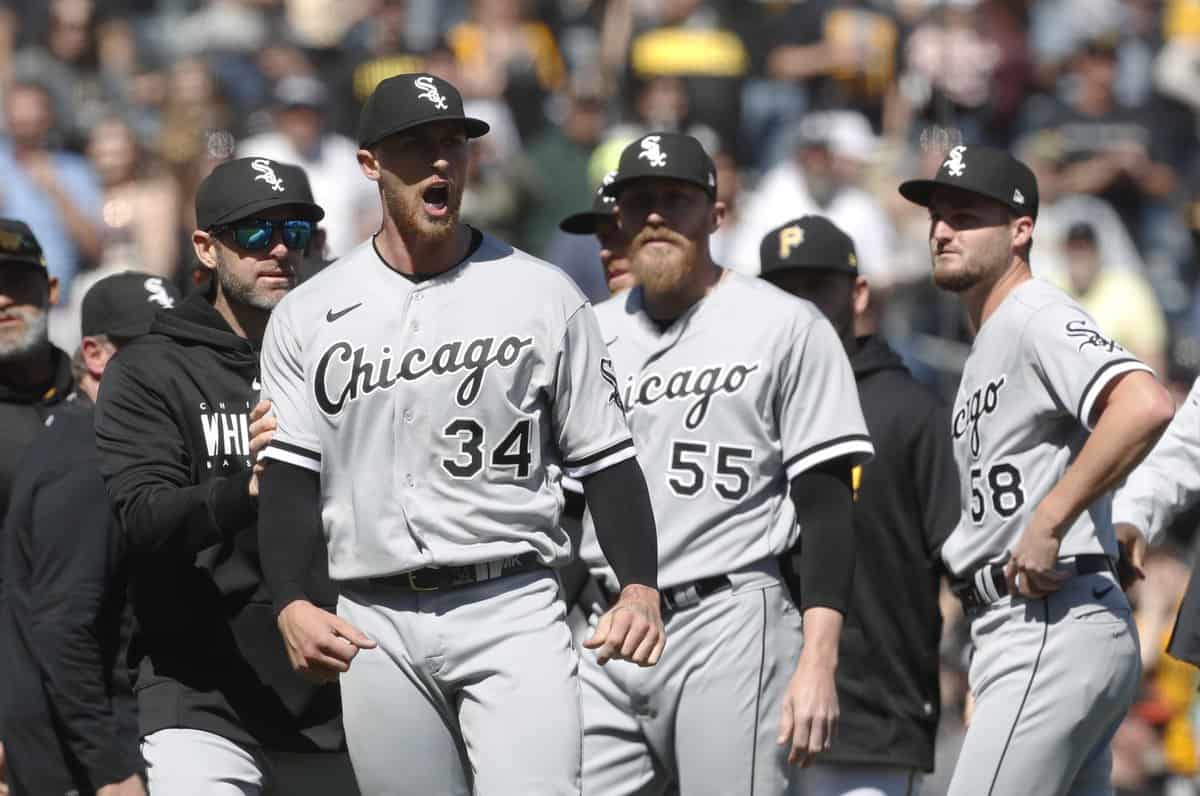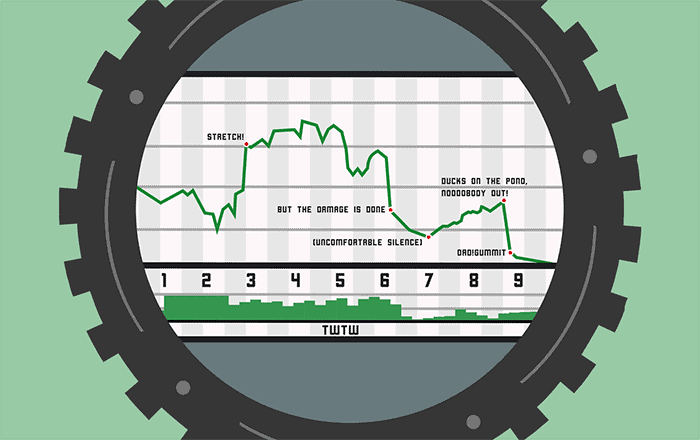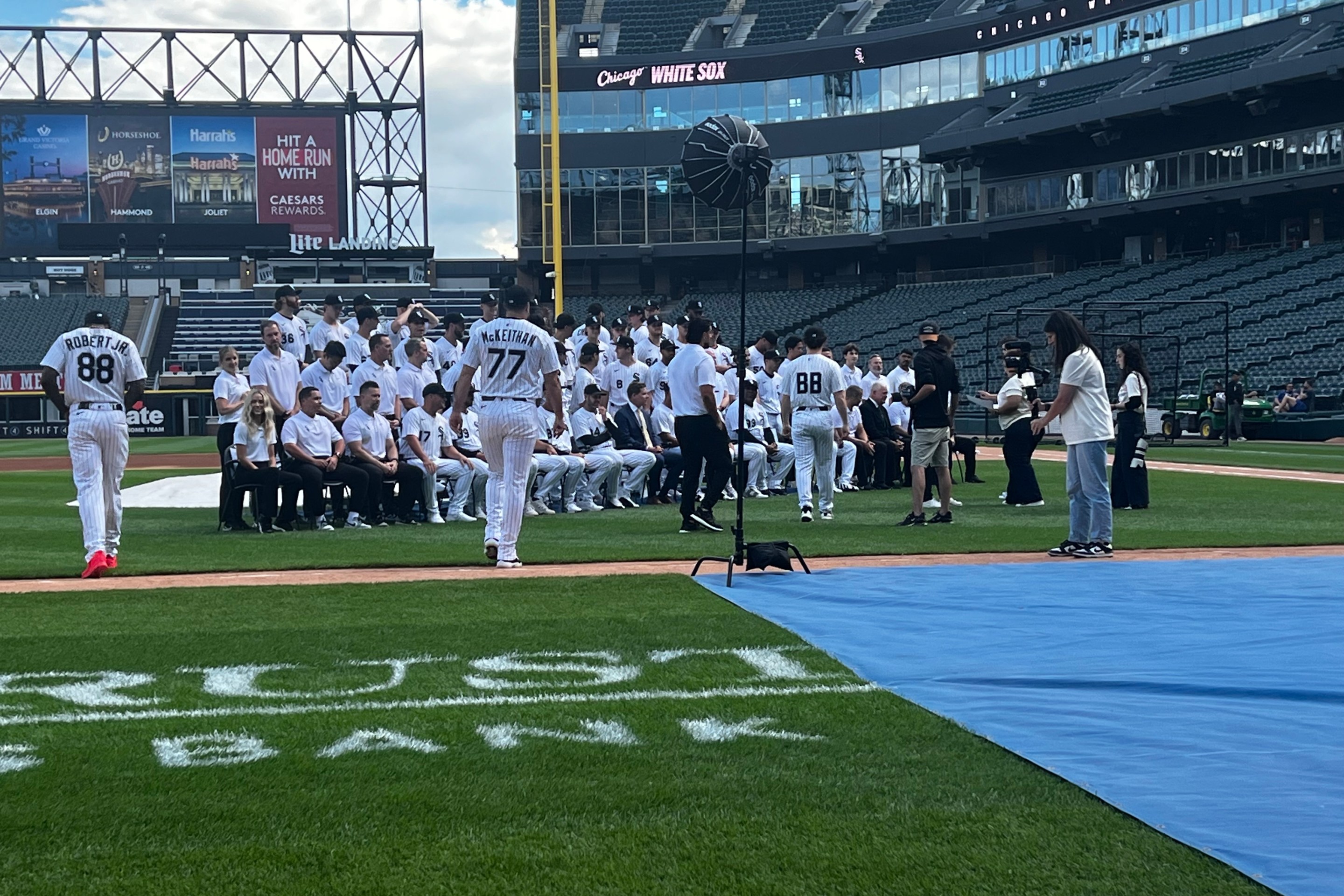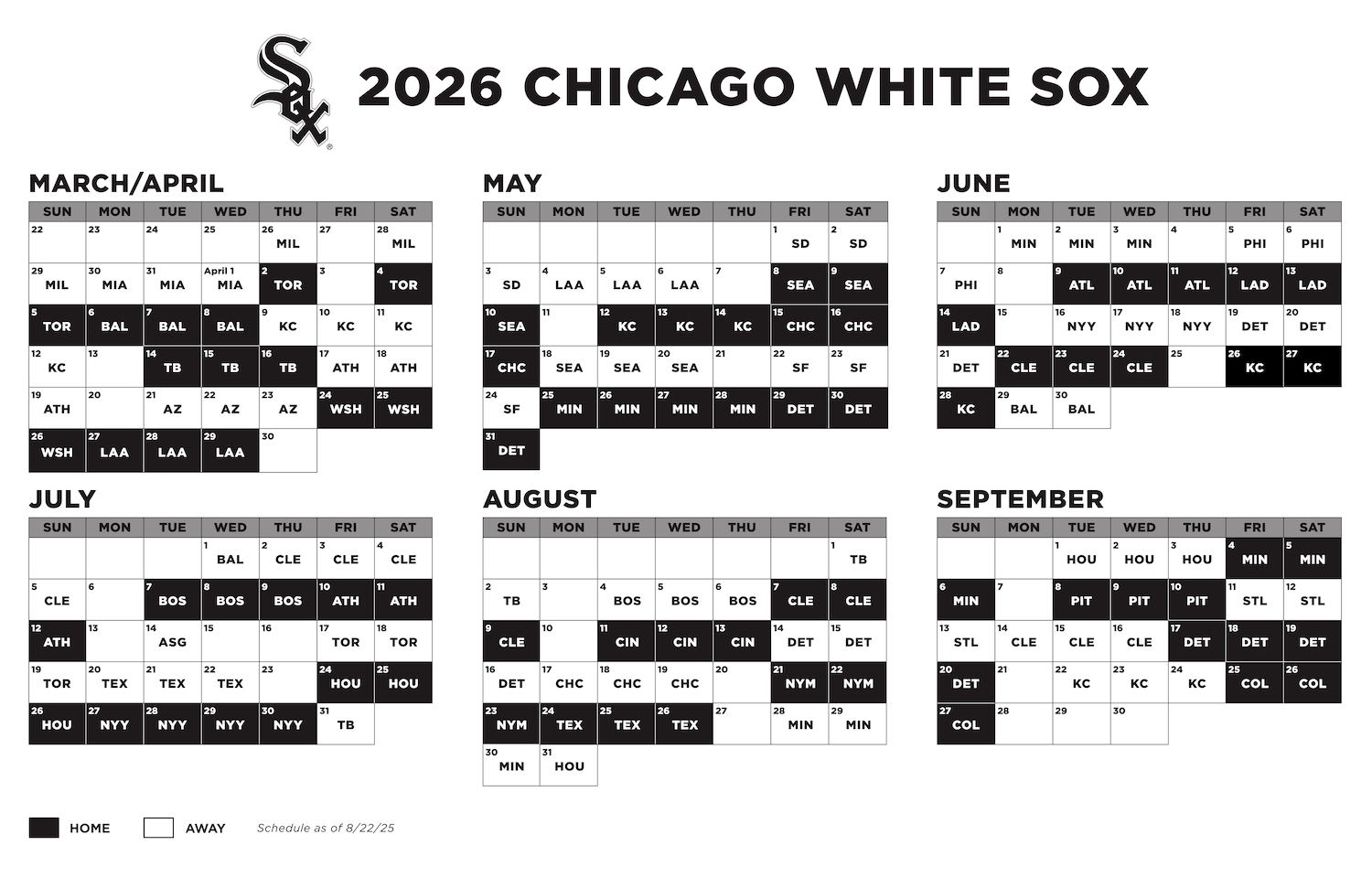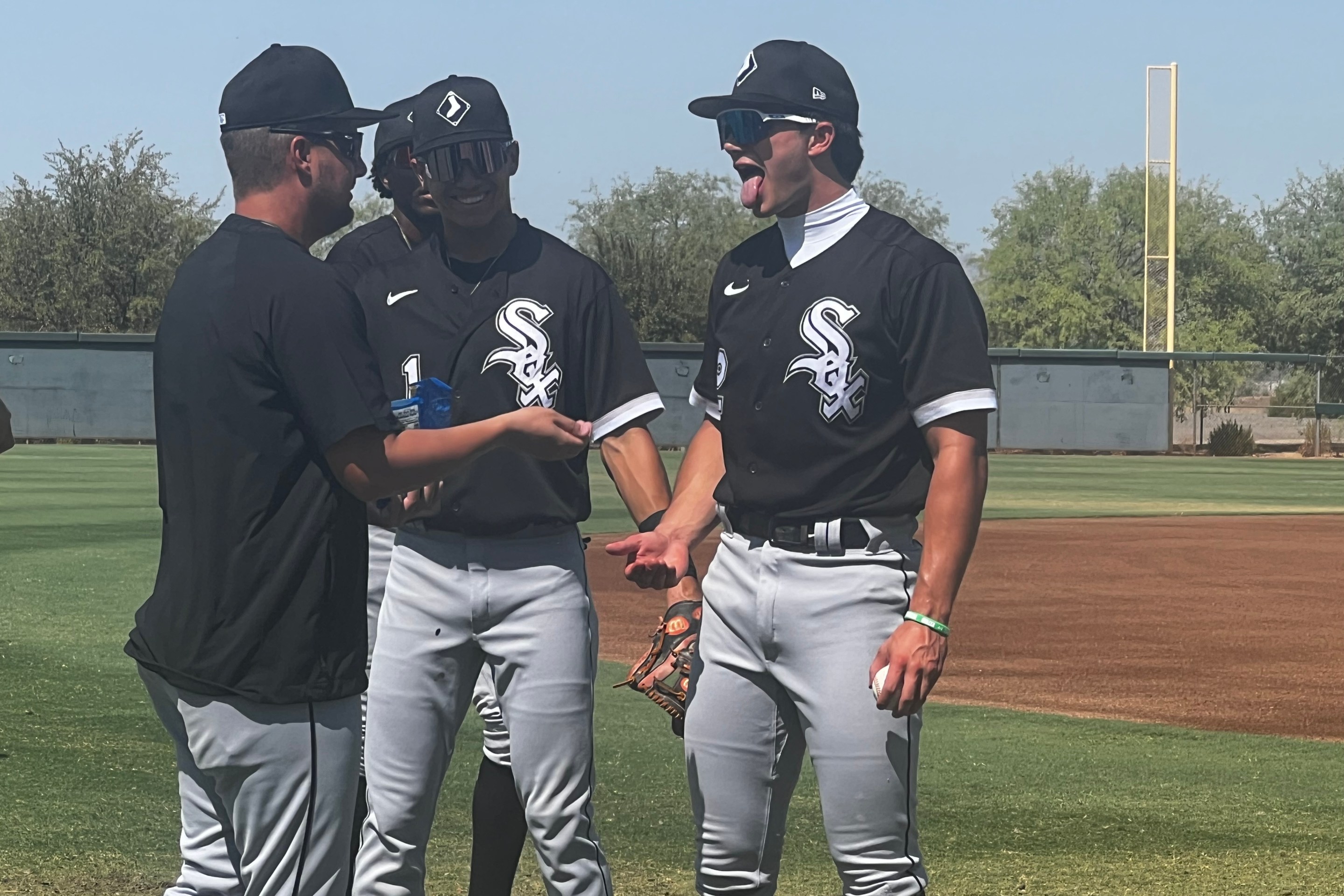The first time we saw Michael Kopech this season, he allowed five homers to the San Francisco Giants -- including four in the fifth inning alone -- to spoil the home opener.
The barrage naturally led to questions about whether Kopech was tipping pitches. I couldn't find it, which isn't to say it didn't exist. But as I watched the inning unfold, I thought poor sequencing was the primary problem.
Pedro Grifol made it sound like they saw something beyond pitch selection, but wouldn't reveal it.
“I’ll keep that in-house, but there’s going to be some adjustments made, for sure.”
Good news for us: Jomboy posted a video on Sunday night showing what hitters were seeing, and that's because he has a hitter -- former Twin Trevor Plouffe, specifically -- on his payroll. Plouffe also wanted to know why the Giants were taking such authoritative hacks at his entire arsenal, and he found a tell with Kopech's curveball.
The whole thing is worth watching whenever you have time, but a quick summary for those who can't watch video with audio: Whenever Kopech intended to throw his curve, he dug into his grip, causing the thumb of his glove to flare up, whereas it rested on top of his throwing hand prior to separation with his other pitches.
It doesn't seem like a tip on one pitch he only threw three times during the fifth inning should make such a huge difference, but it checks out.
Michael Conforto took Kopech deep on a fastball, but he appeared to eliminate the potential for breaking stuff with his swings against a still glove, and one of his A swings against a fastball connected. Mike Yastrzemski hit a curveball out, and he'd taken one for a strike the pitch before. Meanwhile, lefties Joc Pederson and Brandon Crawford couldn't quite time Kopech because they only non-fastballs they were were changeups, which were not tipped.
As for the other two homers, Thairo Estrada golfed an inner-half spinner out to left, and that just might not have been a very good pitch. David Villar turned around a decent fastball, but it was the fifth consecutive fastball he saw. Jomboy speculates that Ethan Katz might've told Kopech to stop throwing breaking balls due to a potential tip in a mound visit preceding Villar's at-bat, because Kopech threw 10 pitches, and they were all fastballs and changeups.
So it was both tipping and sequencing, with tipping exacerbating one poor sequence, and one poor sequence resulting from fears of tipping.
Unfortunately, we can't really compare Kopech's curveball from his first start to his second, because he only threw one of them against the Pirates Sunday, and neither team's broadcast provided a good look at Kopech starting his delivery. Pittsburgh's feed featured Michael McKenry in the AT&T SportsNet Pittsburgh studio talking about PitchCom, and NBC Sports Chicago cameras were following an Easter Bunny in the stands.
Yet it's ultimately good news that we can't compare, because if Kopech only has to throw one curveball, that means his fastball-slider combination sufficed.
Kopech allowed just one run on two hits and three walks over six innings to the Pirates on Sunday. He suffered his second loss of the season because the White Sox were shut out, but he was able to halve his ERA (13.50 to 6.75).
He also got a better handle on lefties. San Francisco's left-handed hitters went 4-for-14 with three homers, a double and three walks against Kopech in his first start, which is good for a line of .286/.412/1.000.
Pittsburgh stacked lefties against him, but he held up considerably better -- 2-for-17 with a triple and two walks. Moreover, a good right fielder (but maybe not an average one) would've caught the triple, and Elvis Andrus contributed to the walk to Oneil Cruz with a shift violation that turned the count from 2-2 to 3-1.
Now you just have to hope the rest of the White Sox's right-handed rotation follows suit. I brought this up to Josh in this morning's podcast, but here's how the other White Sox starters have fared against left-handed hitters through two starts:
| Pitcher | PA | AVG/OBP/SLG |
|---|---|---|
| Dylan Cease | 20 | .000/.250/.000 |
| Lance Lynn | 20 | .412/.500/1.177 |
| Lucas Giolito | 19 | .421/.421/.790 |
| Mike Clevinger | 21 | .412/.476/.471 |
This is a natural fear when a team rolls out an entirely right-handed rotation. History says it's overblown, because wild platoon splits haven't typically been a cause for concern for the players involved. Giolito actually struggles more against righties because his changeup doesn't have the same effect, so this could all be small-sample-size weirdness. Kopech and Clevinger could have lefty issues, but it's hard to say from their past performances because their physical states have varied so wildly.
Lynn has also battled availability issues himself, but it might be worth noting that when he struggled in his return from knee surgery over his first nine starts of 2022, his below-averageness was largely attributable to his performance against lefties:
- Overall: .279/.326/.482 over 212 PA
- vs. RHB: .237/.2982/.402 over 106 PA
- vs. LHB: .320/.358/.560 over 106 PA
Lynn eventually stabilized because he regained some velocity, and he also started throwing his curveball a little more.
Starting 2023, Lynn's velocity is once again down, and lefties are once again pounding him. Maybe this is a coincidence, but like Kopech tipping his curveball, I'm hoping we don't have an immediate opportunity to investigate it further, because that means Lynn's fastball has returned to 93-94 mph, with commensurate upticks in velocity elsewhere.
